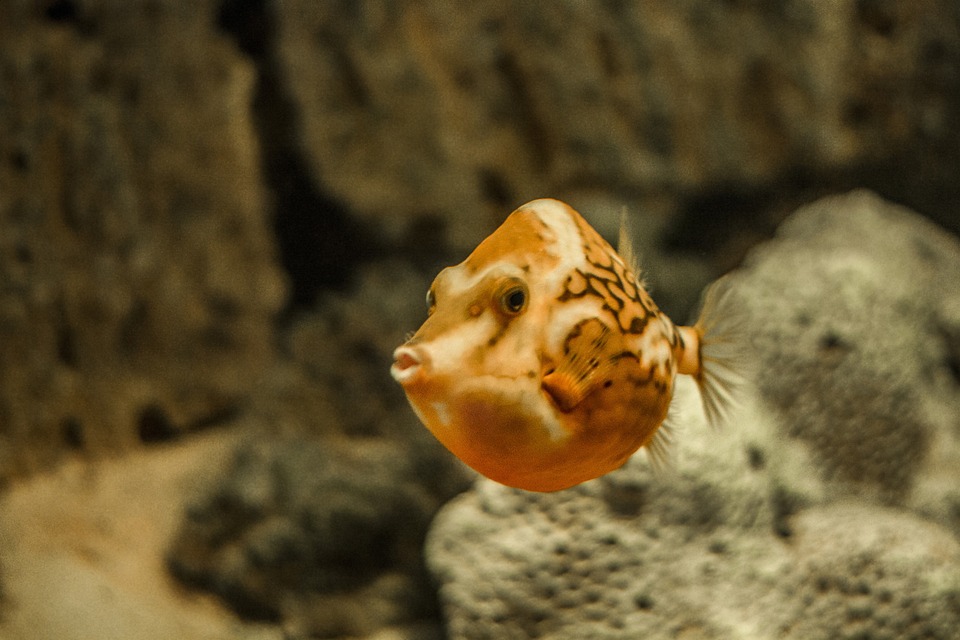Fish tanks can provide a beautiful and serene environment in any home or office, but it’s important to remember that fish, like any living creature, can fall victim to various health issues. One such ailment is cloud eye disease, which affects the eyes of fish and can lead to serious complications if not addressed promptly. In this article, we will explore the causes, symptoms, and prevention methods of cloud eye disease, ensuring that you can keep your finned friends healthy and happy.
Cloud eye disease, also known as cloudy eye or popeye, is a condition that affects the eyes of fish. The disease causes the eyes to become swollen, hazy, and sometimes protrude from the fish’s head. It can affect a single eye or both eyes simultaneously. There are several causes of cloud eye disease, including poor water quality, bacterial infections, and parasitic infestations.
One of the most common causes of cloud eye disease is poor water quality in the fish tank. Ammonia and nitrite spikes, high levels of nitrates, and improper pH levels can all contribute to the development of this condition. It’s important to regularly test the water parameters and perform partial water changes to keep these levels within the recommended range for your specific fish species.
Bacterial infections, such as Aeromonas or Pseudomonas, can also lead to cloud eye disease. These bacteria can enter the fish’s body through wounds, stress, or exposure to contaminated water. Maintaining a clean and stress-free environment for your fish can help prevent bacterial infections and subsequent eye issues.
Certain parasites, like Ichthyophthirius multifiliis or Ich, can cause cloud eye disease in fish. These parasites attach themselves to the fish’s skin, fins, and gills, leading to various health issues, including cloudy eyes. Quarantining new fish before introducing them to an established tank can help prevent the introduction of parasites and diseases to your existing fish population.
Identifying the symptoms of cloud eye disease is crucial for early detection and treatment. The primary symptom is the cloudiness and swelling of the fish’s eyes. The eyes may appear white, gray, or milky in color and may even bulge out from their sockets. Fish affected by cloud eye disease may also exhibit reduced or complete loss of vision, as well as behavioral changes such as isolation, hiding, or lethargy.
Preventing cloud eye disease is essential for maintaining the overall health of your fish. In addition to maintaining optimal water quality and quarantining new fish, providing a balanced diet rich in essential nutrients and vitamins can help boost your fish’s immune system, making them less susceptible to diseases like cloud eye.
If caught early, cloud eye disease can be treated. Prompt action, such as improving water quality, using appropriate medications, and providing a stress-free environment, can aid in the recovery process. However, if left untreated, cloud eye disease can cause severe complications and even lead to the death of affected fish.
In conclusion, understanding cloud eye disease in fish tanks is crucial for fish owners to maintain the health and well-being of their aquatic pets. By taking preventive measures, monitoring water quality, and promptly addressing any symptoms, you can ensure a safe and vibrant environment for your fish. Remember, the key to a thriving fish tank lies in providing optimal care and attention to your finned companions.









